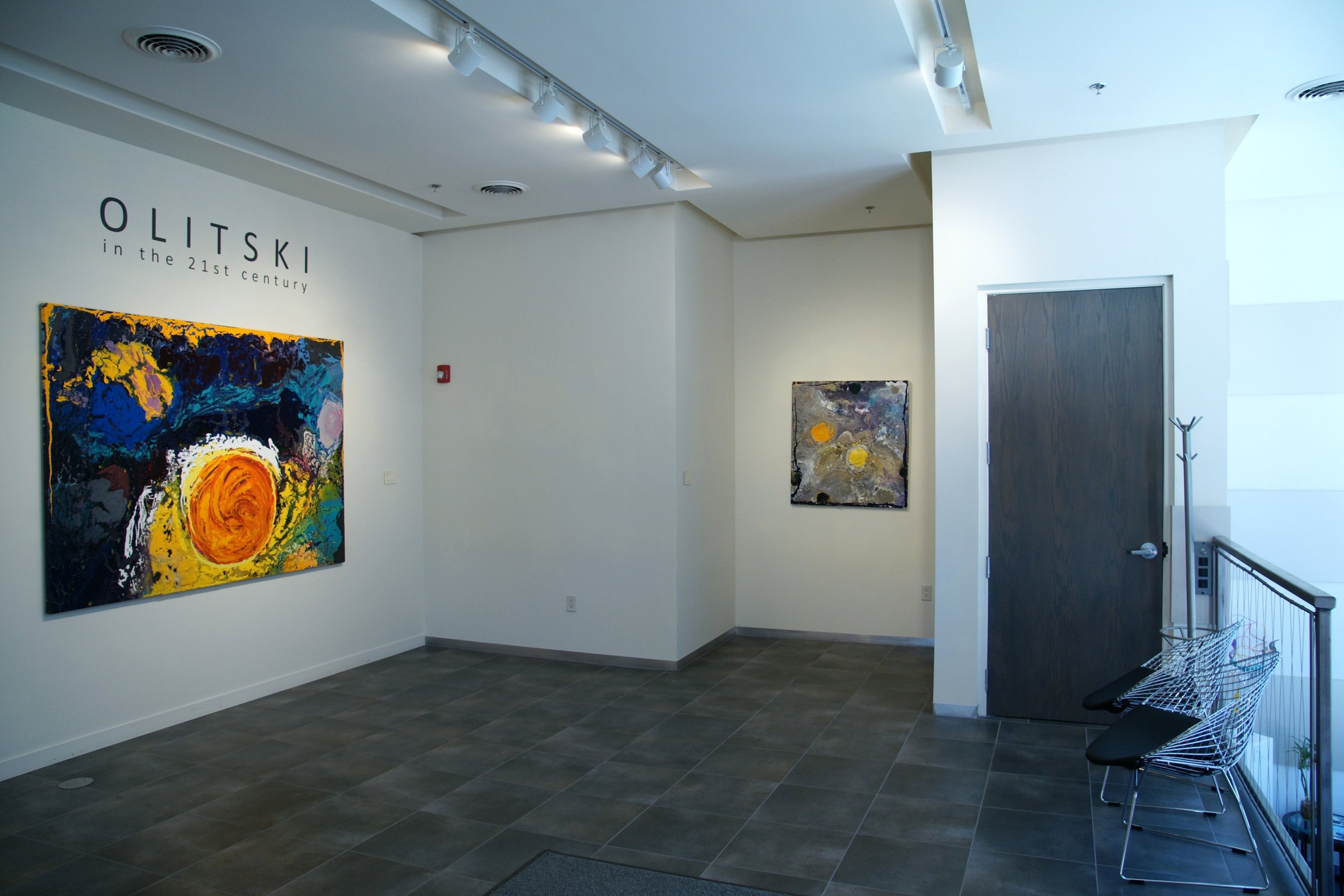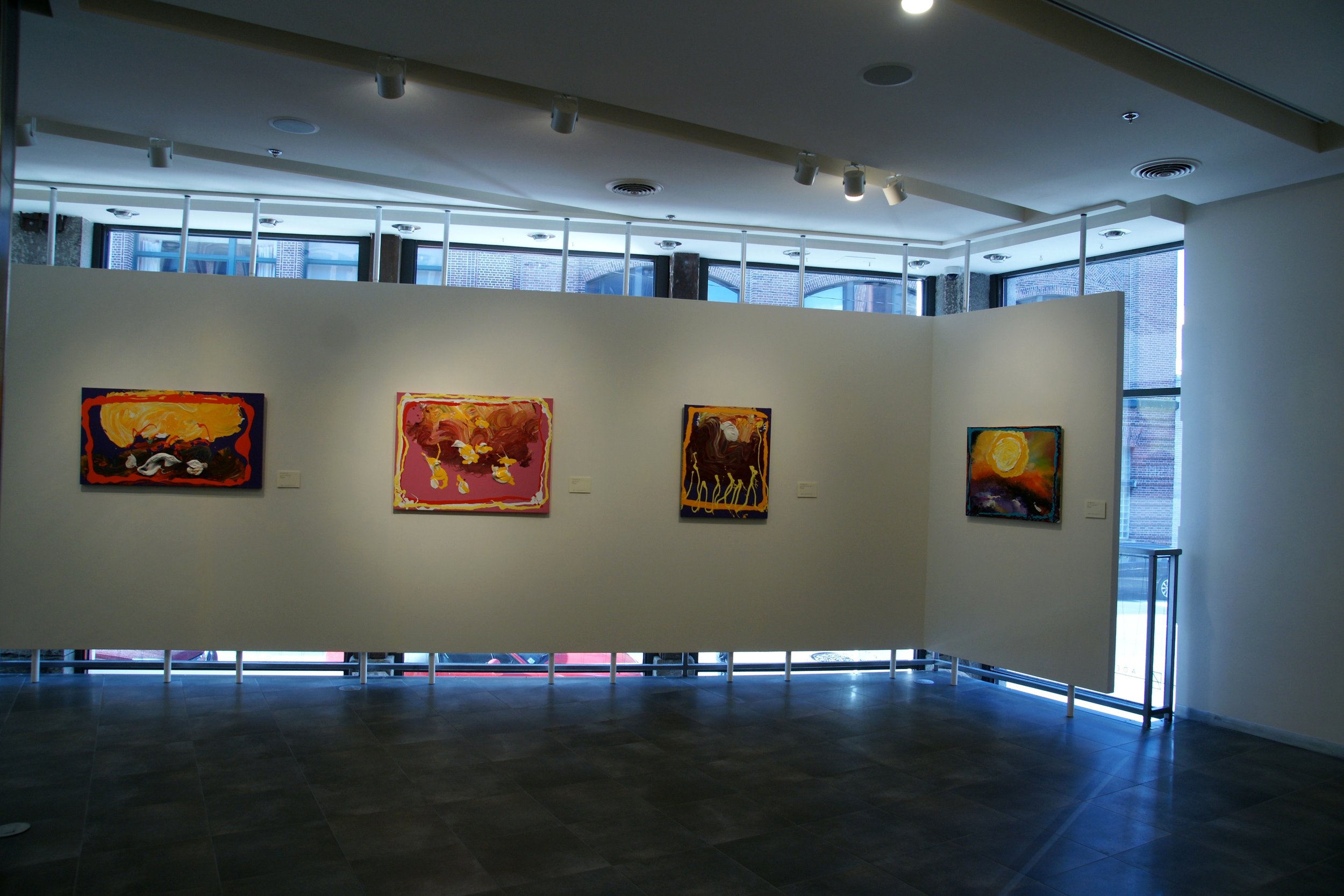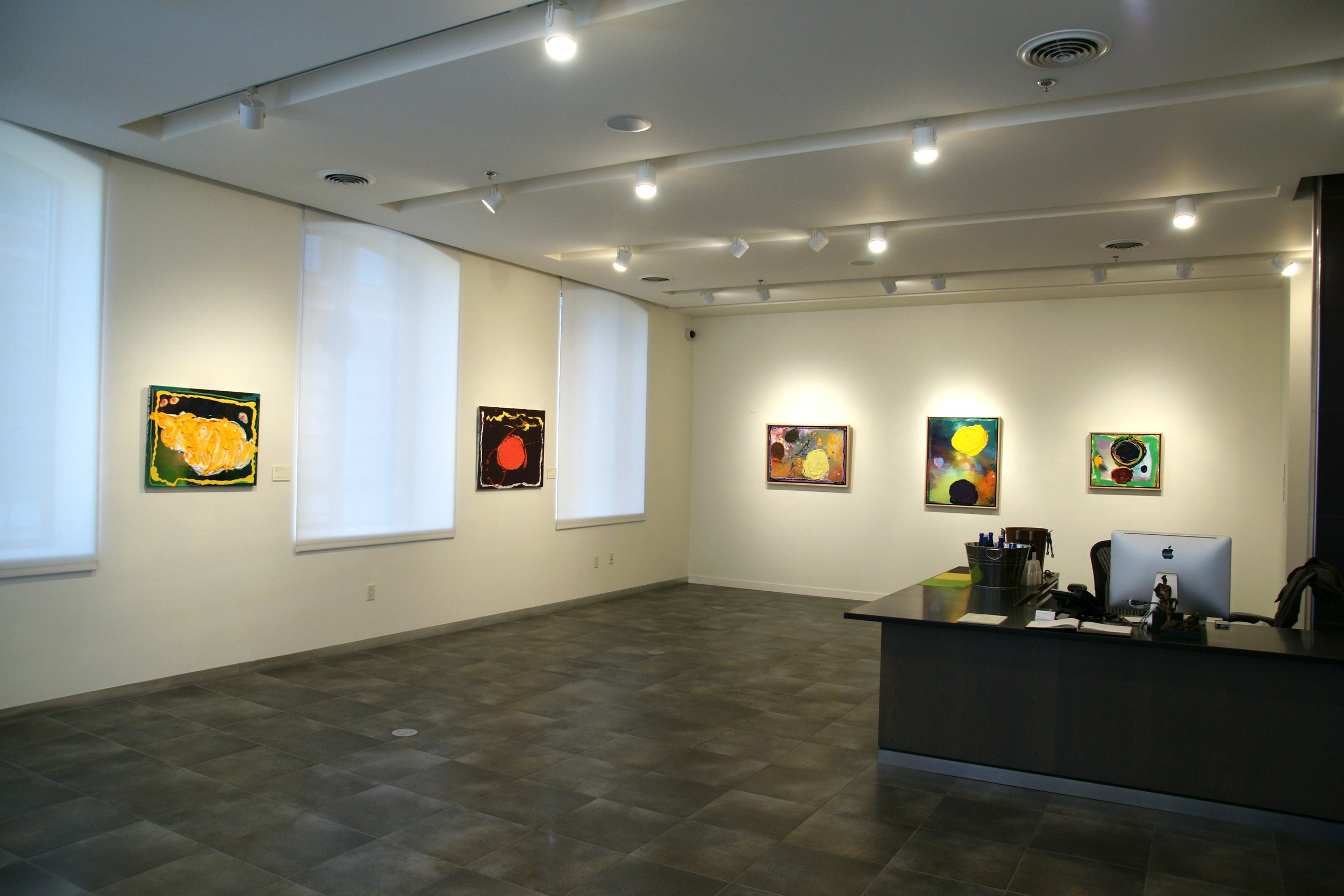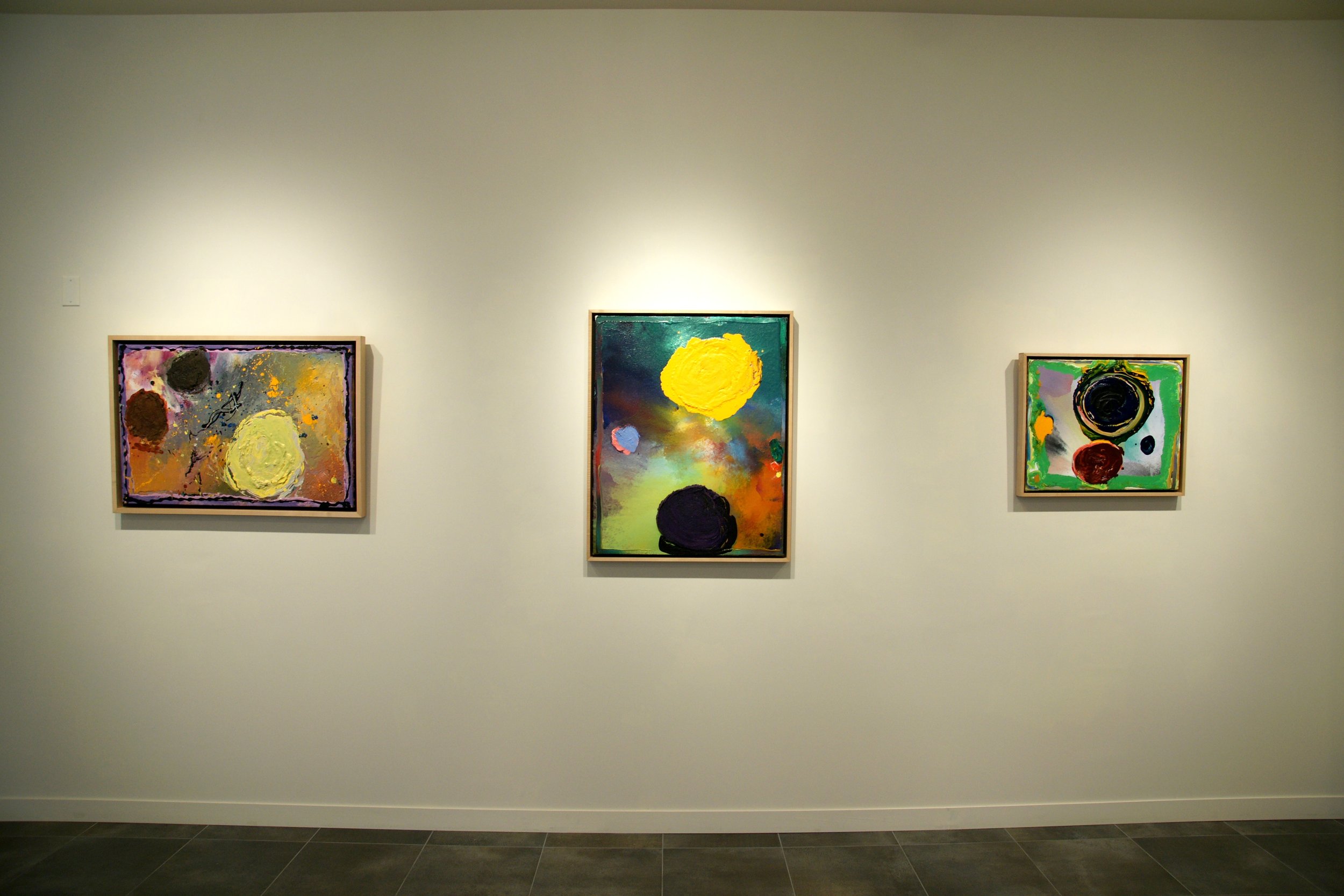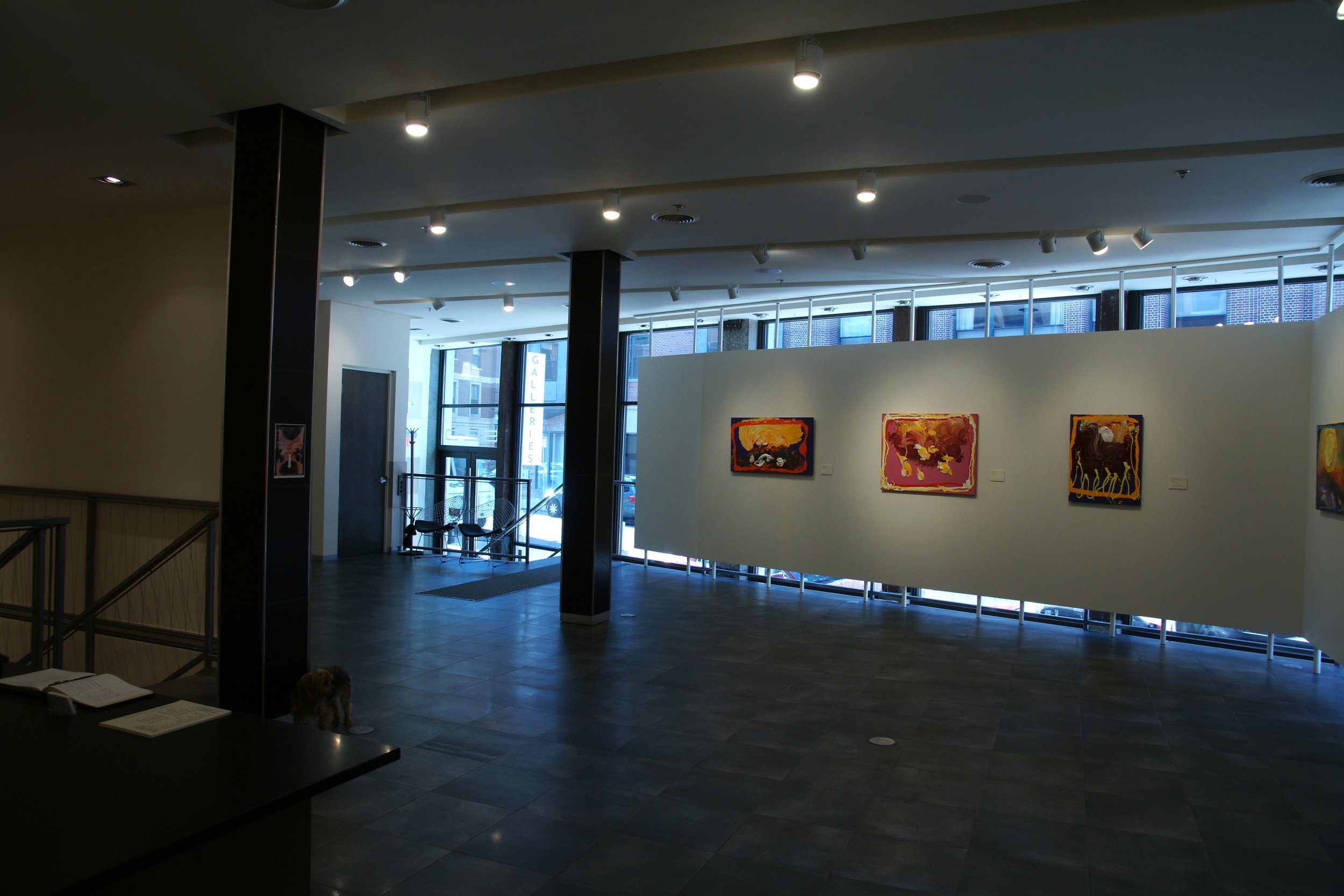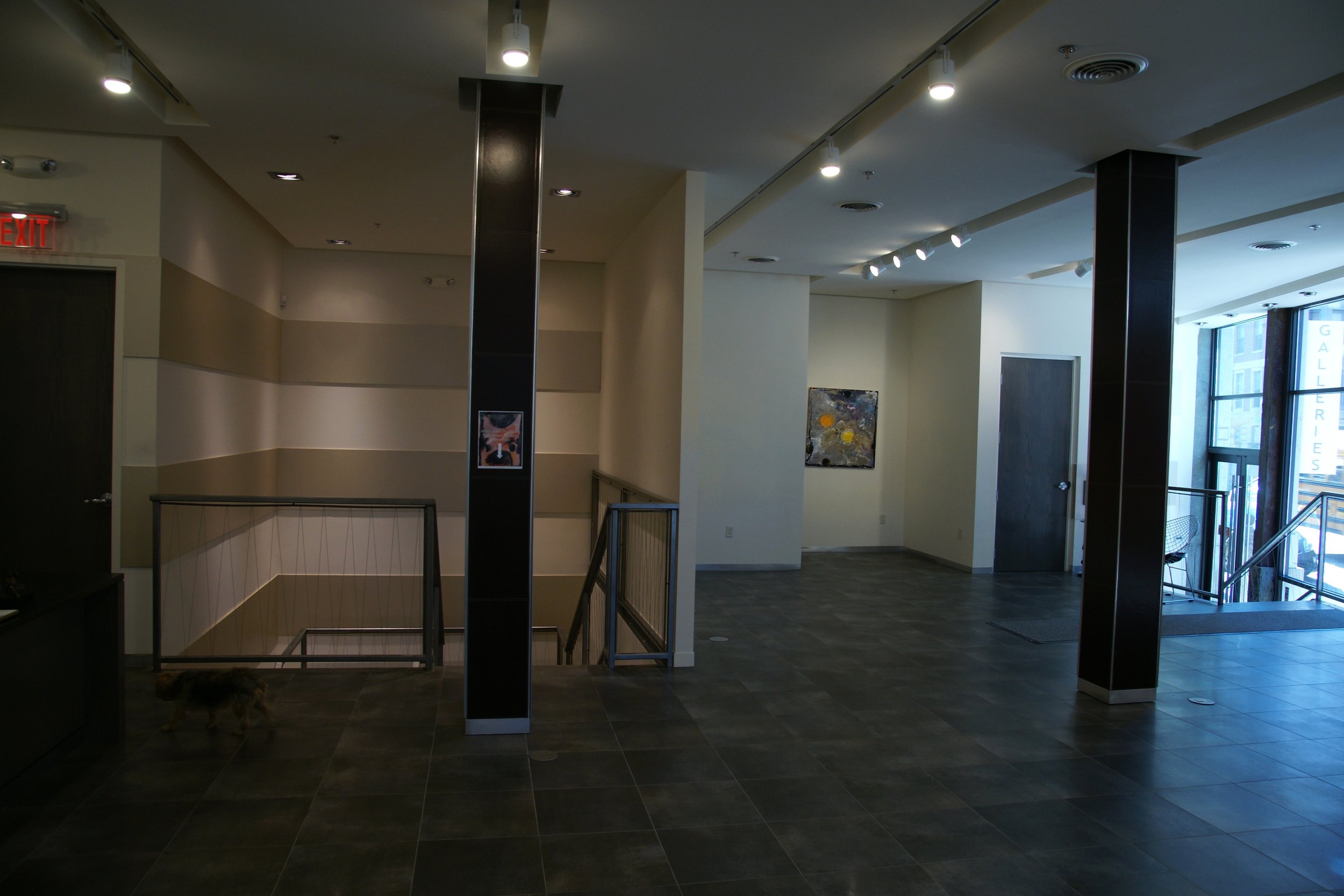Olitski in the 21st Century
October 2013
JULES OLITSKI’s Late Paintings reinvestigate the color, impasto, and handling found in his earlier paintings – cultivating his previous styles and influences, and delivering his final messages to the world.
Referred to as “Orb” paintings by his friend, the artist, Walter Darby Bannard, his Late Works are among the brightest and boldest within his oeuvre.1 The subject matter appears to transition from ethereal, earthly landscapes to cosmic playgrounds. The process includes methods that he used when creating his Spackle, Stain, and Spray paintings. To form the “Orbs”, Olitski piled acrylic gel often mixed with pumice and other mediums onto the canvas, then smoothed out the emulsion with his hand in a circular motion, creating the Haute Pate - materiel effect starkly evident in his Spackle paintings of the late 1950s. The “Orbs” in these Late Paintings also seem to refer back to the nebulous circles of the Stain period of the early ‘60s. Olitski used a portable air blower to mix paint across the surface of the canvas, recalling his experiments with unorthodox tools in his Spray paintings of the late ‘60s as well as brooms, mops and squeegees used in the ‘70s and ‘80s. The Late Works are often framed with a colorful outline reminiscent of the edges in many Spray paintings. The combining of these techniques, as well as the vibrant palette, culminates into something uniquely celebratory in the Late Work.
Throughout his career, Olitski placed considerable significance on naming his paintings, and always waited until after completion. Unlike many of his contemporaries, Olitski preferred not to give a painting a simple title or number. Instead, he would choose a specific reference to something he’d read or experienced, “something personal that maybe no one else would know.”2 The Late titles often reference spiritual texts or articulate an attitude, often reinforcing Olitski’s belief that being an artist is “… a spiritual and a moral undertaking.”3 The titles evoke hope, introspection and optimism.
JULES OLITSKI believed that “Art comes from art. New art comes from past art - in other words, from tradition.”4 However, he also realized that great painters like Rembrandt, Vermeer, Goya, Tintoretto, were great because each had “a distinctive otherness.”5 With a foundation of great influences, combined with a voyage through the art world of his contemporaries, Olitski found that otherness. He worked until he could no longer hold a paintbrush, and the title of his last painting, Celebrate: Red, gives credence to his optimism.
“The artist cannot will his vision, nor can he escape it. It pervades his art and reveals his nature, like DNA.” 6
Adam Adelson
Director
Adelson Galleries Boston

